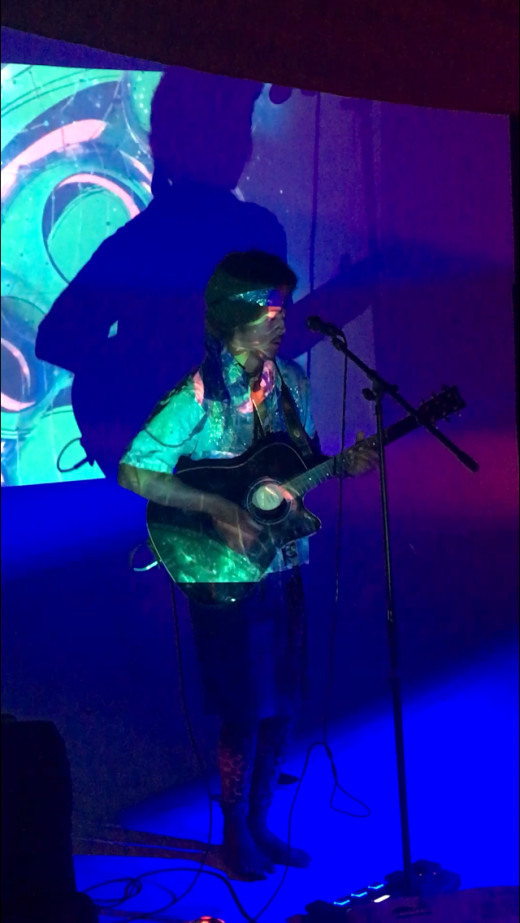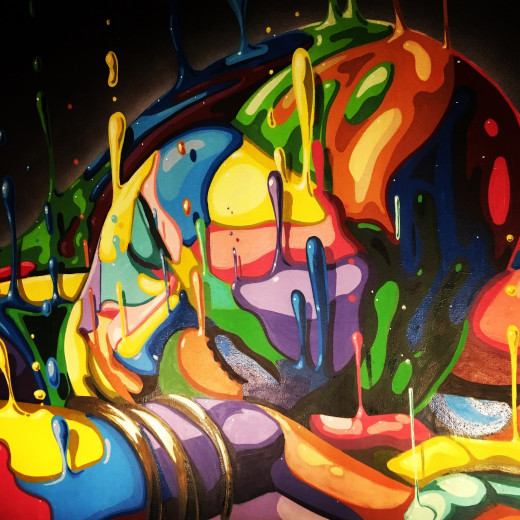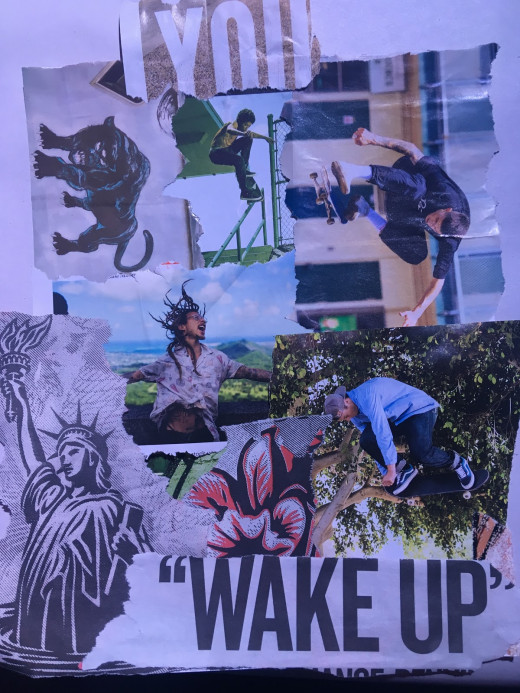3 Creative Ways To Teach English With Photos

I started incorporating pictures into my lessons because it was a way not only to connect with ESL students who are visual learners, but also it was a way for me to share my life with them.
Nearly 95% of the photos in my blog were taken by me. Knowing the details behind the photos and how they came to be organically creates conversation between the student and myself.
Students may have genuine questions about the images they see in front of them, which gives them the opportunity to create questions and sentences in English and allows me to evaluate and correct their questions if needed.
As an ESL teacher, the difference between showing students generic or even interesting photos on the internet and showing them photos I have taken is a question of vulnerability and investment.
Anytime a teacher opens up about him or herself by telling a personal story, sharing photos or showing a personal video, that teacher is vulnerable. Vulnerable to critique. Vulnerable to judgement. Vulnerable to disapproval.
But in that place of vulnerability the teacher is without even saying anything inviting the student to invest in his or her lessons.
And to be completely truthful by being vulnerable the teacher is inviting the student to invest in his or her life journey.
So, that is why I began to include what I call picture conversations in my lessons and I use these three steps to ensure that the exercise lasts about 15-20 minutes.

The Details
Photos that I like to use in my lessons include a lot of different elements and have several different objects in them.
This is important because it allows me to begin the exercise with a simple question which is, “What do you see?”.
This question can be understood by basic and advanced students alike.
Obviously there are details that most students miss or may not have the vocabulary to explain so it is a great moment to teach them new words.
Beginning a picture conversation with the details gives the student a clear understanding of what they are seeing and permits me to ask questions beyond the surface.

A Picture Is Worth A Thousand Words
Sometimes it can be difficult to have a conversation with a student who seems a little disengaged. But the old saying that a picture is worth a 1,000 words is true and as a teacher I try to take advantage of that.
Some people do not feel comfortable opening up about their feelings or do not have the vocabulary in order to do so.
So by asking simple questions using words of emotion such as happy, sad, angry etc., I am learning how my student interprets certain images and also their perspective.
For example, I was recently talking to a student from Belarus about a photo and I asked her, “ How do you feel when you see this image?”. And she told me that she didn’t really feel anything other than it was a nice picture.
From that conversation I learned more about my student and how to better structure my lessons. The next time we do a picture conversation I will use an image that is very concrete and clear compared to abstract. Possibly I might not do a picture conversation with her again because she doesn’t seem to be a visual learner.
Learning more about your student by using photos or anything is an incredible tool to help you structure your lessons in a way that that student will want to continue learning with you.

Connect The Image
The final element of this exercise is to connect the picture to the student. After we finish discussing the details of the photo and how it may make them feel I will ask a question that ties the student and the image together.
Recently I showed a photo of a vision board to a student from Hong Kong. The conversation was fun because she was explaining to me what she thought the images represented. However she did not know that this vision board was actually mine.
When I revealed this to her she was surprised and had lots of questions about why I chose each picture. Out of her genuine interest in the photo and my story I was easily able to ask her what she would want to put on her vision board if she made one.
As an online teacher this method of teaching through photos is very effective, but more importantly organic. I know that by the time I am connecting the image my student knows what they are seeing and can explain what they think about the image, which goes back to the initial objective in asking, “What do you see ?” .








